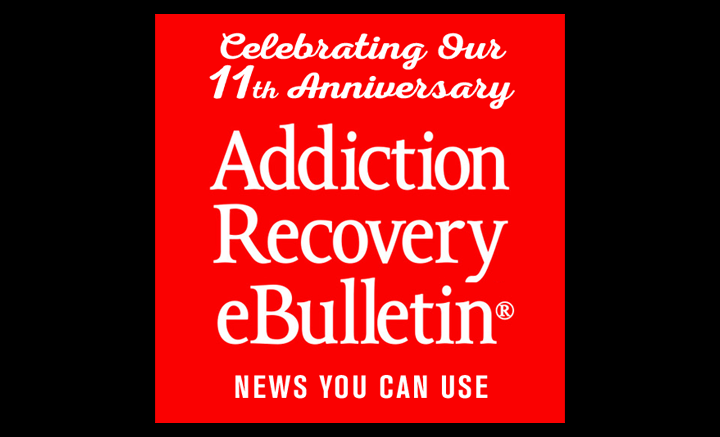I’m in the right hand corner –
MARCH 24, 2020 – “We have a format for how we hold AA meetings,” she says, “and we’re sticking to that format online.” The chairperson kicks things off, there’s a preamble, and the opportunity for group discussion. What’s missing is the hugging, the hand-shaking, and the experience of simply being together. The fundamental, if uneasy, transformation that NYIG is going through to keep resources available to its members is taking place in addiction support groups across the country. Maryland’s Ashley Treatment, a drug and alcohol rehabilitation center with three locations across the state, is in the midst of its own transition. This week, most of its nearly 400 out-patients will see their meetings go online. For alumni of the center, who might not be able to access their networks of support, the organization is hosting three digital meetings daily. Its managers also are concerned that changes in the familiar support system could create cracks for people to fall through, especially for those without computers. “For those who can’t access it, it’s on us to think outside the box,” says Alex Denstman, senior vice president at Ashley Treatment.
Accessibility is what members say makes the AA model unique. “The anarchic nature, the ubiquity, means there are meetings anywhere…every hour on the hour,” says Garrett, an AA member—traditionally no last names are ever used—with three years of sobriety. His group, which has also moved online, holds five regular meetings a week. Garrett says the constant availability of physical support is key when someone is trying to get sober. “It is not uncommon to be in meetings where the only thing standing between the person coming to the meeting and drinking was that the meeting was happening at that time,” he says.



